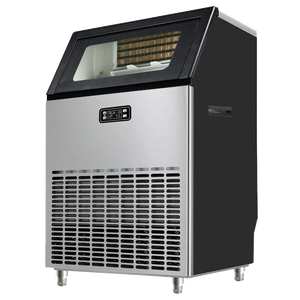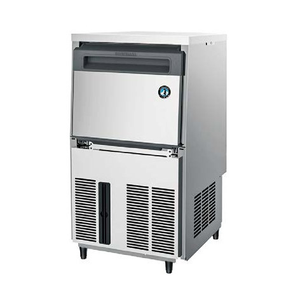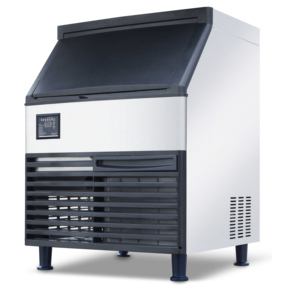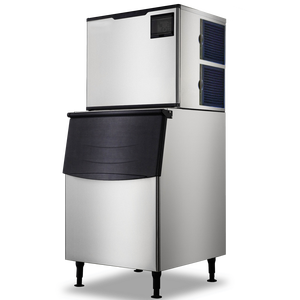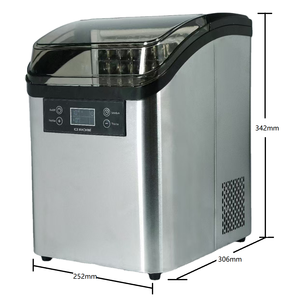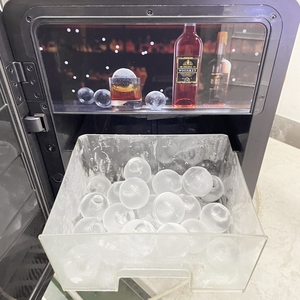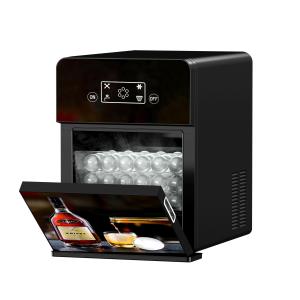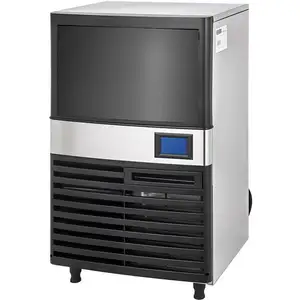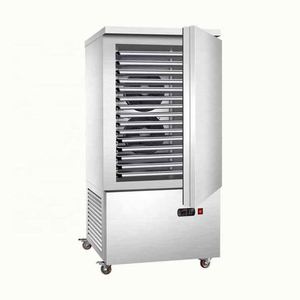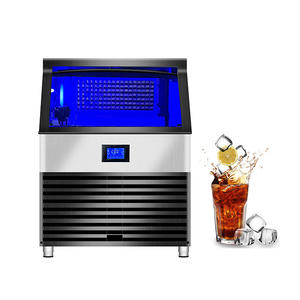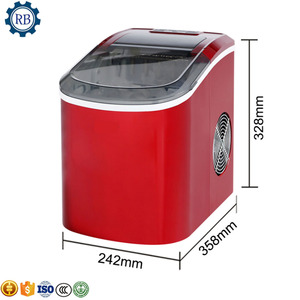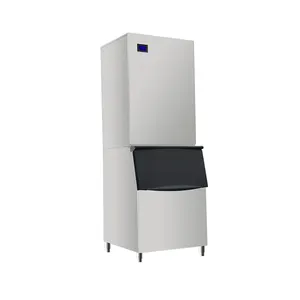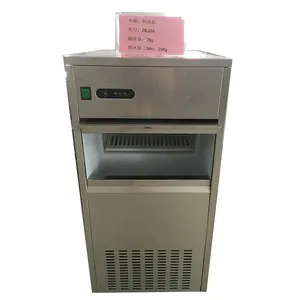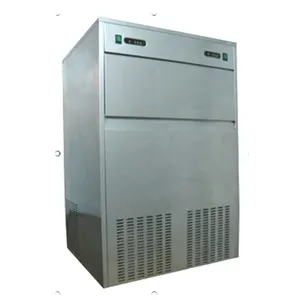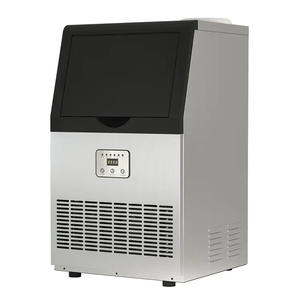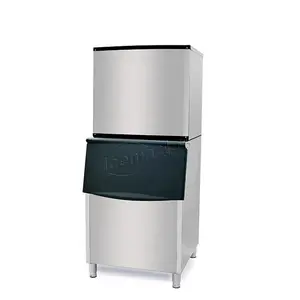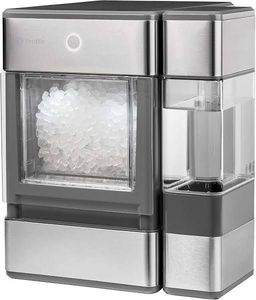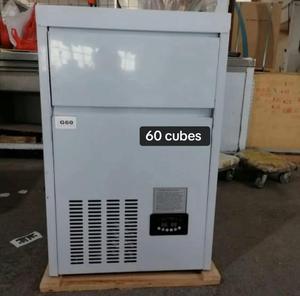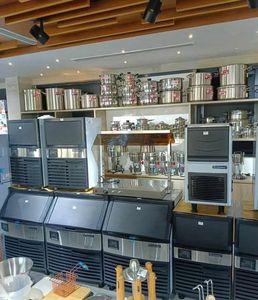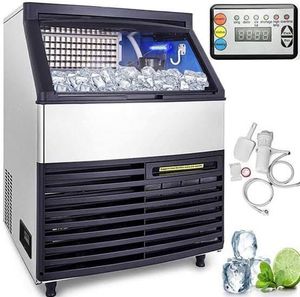Ice Maker Machine Aldi















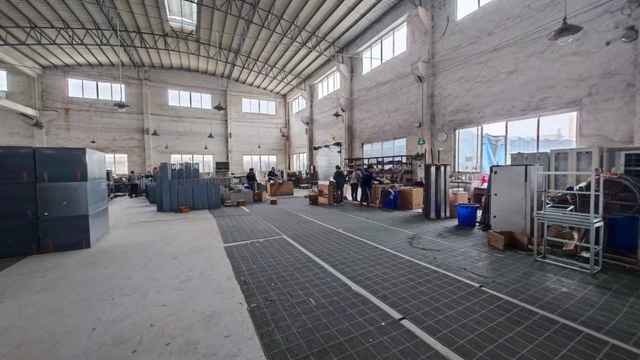













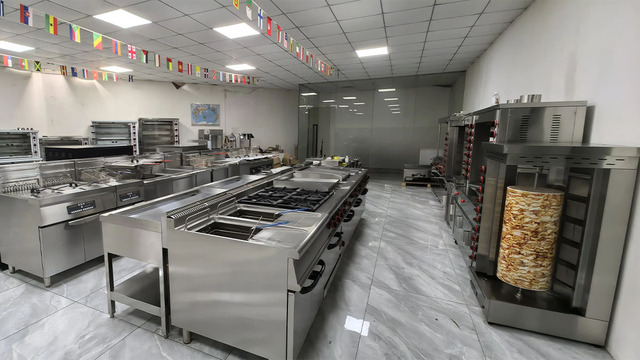






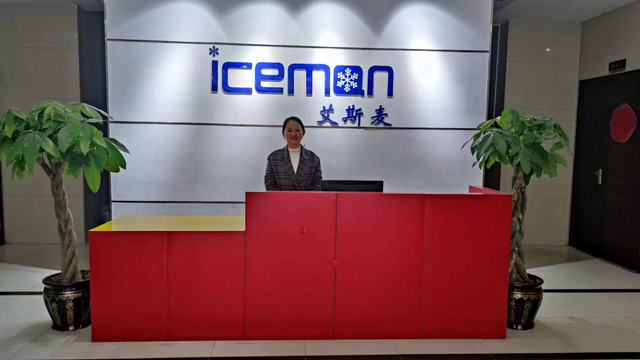




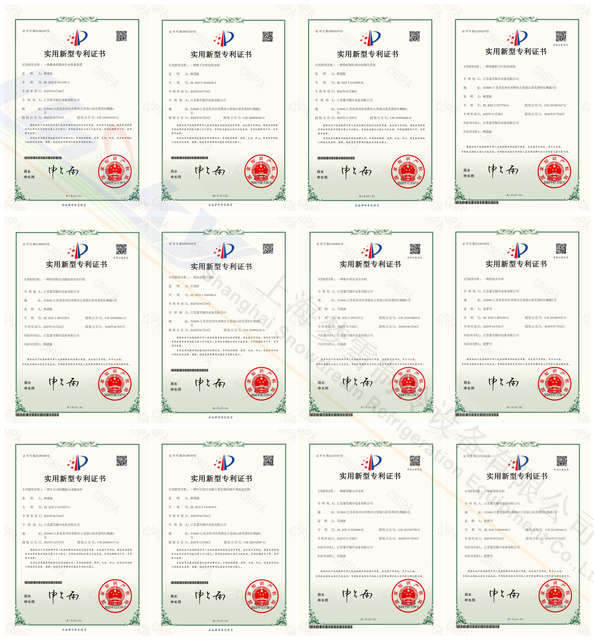















About ice maker machine aldi
Where to Find Ice Maker Machine Suppliers Compatible with Aldi Requirements?
China remains the global epicenter for commercial and residential ice maker machine manufacturing, with key supplier clusters located in Guangdong and Fujian provinces. These regions host vertically integrated production ecosystems specializing in refrigeration equipment, enabling rapid prototyping and scalable output. Guangzhou-based manufacturers dominate supply for compact to mid-capacity units (10–150 kg/24h), leveraging proximity to component suppliers for compressors, evaporators, and control systems. This localization reduces material lead times by 20–30% compared to offshore alternatives.
The industrial clusters support diverse product configurations—from countertop models for retail use to high-output commercial machines exceeding 1,300 kg/day. Integrated logistics networks allow direct container loading at nearby ports like Nansha and Xiamen, facilitating FOB terms with average sea freight transit times of 18–28 days to European and North American destinations. Buyers benefit from consolidated sourcing, where single-supplier procurement covers core components, assembly, testing, and export packaging.
How to Choose Ice Maker Machine Suppliers for Retail or Commercial Use?
Effective supplier selection requires structured evaluation across technical, operational, and transactional dimensions:
Technical Compliance & Design Capabilities
Verify adherence to international electrical and safety standards such as CE, RoHS, and UL, particularly for markets served by retailers like Aldi. Confirm voltage compatibility (110V/220V) and frequency specifications (50/60 Hz). For commercial deployments, assess cooling system type—air-cooled condensers are standard, but water-cooled variants may be required in high-ambient environments. Prioritize suppliers offering stainless steel construction (SUS304 grade) for durability and hygiene compliance in food-service applications.
Production Capacity and Scalability
Evaluate infrastructure indicators including factory footprint, monthly output capacity, and R&D integration. Key benchmarks include:
- Minimum production area of 3,000m² for stable batch fulfillment
- In-house molding, sheet metal fabrication, and refrigerant charging lines
- Automated assembly stations supporting output of 500+ units/month
Cross-reference declared on-time delivery rates (>95%) with order volume trends. Suppliers achieving reorder rates above 30% typically maintain robust quality control and after-sales frameworks.
Procurement Terms and Risk Mitigation
Assess minimum order quantities (MOQs), which range from 1 to 10 pieces across suppliers, impacting small-batch flexibility. Favor transaction models backed by third-party assurance programs. Conduct pre-shipment inspections (PSI) to validate performance metrics—including ice production rate, power consumption, and noise levels (dB(A))—against technical datasheets. Request sample units to evaluate build quality and operational reliability prior to bulk ordering.
What Are the Leading Ice Maker Machine Suppliers?
| Company Name | Main Products | Price Range (USD) | Min. Order | On-Time Delivery | Avg. Response | Reorder Rate | Online Revenue |
|---|---|---|---|---|---|---|---|
| Guangzhou Huli Catering Equipment Co., Ltd. | Ice Makers, Sealing Machines, Freezers | $199–750 | 1–2 pcs | 100% | ≤2h | 33% | US $8,000+ |
| Guangzhou Desen Electrical Appliances Co., Ltd. | Ice Machines, Snack Equipment | $550–1,359 | 1–5 pcs | 100% | ≤3h | 41% | US $200,000+ |
| Guangzhou Beiliton Catering Equipment Co., Ltd. | Soft Serve, Ice Machines, Refrigeration | $360–914 | 1 pc | 95% | ≤1h | 15% | US $40,000+ |
| Foshan Libosa Hotel Suppliers Co., Ltd. | Refrigeration, Bakery, Ice Equipment | $349–1,658 | 1 set | 100% | ≤2h | 23% | US $150,000+ |
| Whalfly Tek Co., Ltd. | Ice Makers, Ice Cream Makers, Vacuums | $58–160 | 1 pc | 100% | ≤1h | <15% | US $9,000+ |
Performance Analysis
Guangzhou Desen leads in reorder performance (41%) and revenue scale, indicating strong customer retention and export maturity. Whalfly Tek offers the lowest entry pricing ($58/unit), suitable for budget-conscious buyers prioritizing low MOQs and fast response times (≤1h). Foshan Libosa and Guangzhou Huli demonstrate consistent on-time delivery (100%) and diversified refrigeration expertise, advantageous for multi-product procurement. While Whalfly’s sub-$160 models target entry-level demand, higher-tier suppliers like Desen and Huli provide enhanced durability and service support critical for commercial deployment.
FAQs
How to verify ice maker machine supplier reliability?
Cross-check ISO 9001 certification status and request test reports for compressor efficiency, ice cycle time, and energy consumption. Analyze supplier transaction history, focusing on dispute resolution outcomes and customer feedback related to after-sales service and spare parts availability.
What is the typical lead time for ice maker machine orders?
Standard production cycles range from 25 to 35 days post-deposit. Custom configurations involving unique dimensions, voltage, or ice shape (cubed, flake, nugget) may extend lead times to 45 days. Air freight samples arrive within 7–10 days globally.
Can suppliers accommodate private labeling and custom design?
Yes, most suppliers listed offer OEM/ODM services, including logo branding, color customization, and UI adjustments. Minimum branding thresholds typically start at 50 units. Prototypes for customized units are deliverable within 14–21 days upon finalization of technical drawings.
Do suppliers provide product certifications for international markets?
Leading suppliers issue CE, RoHS, and sometimes ETL documentation upon request. Buyers should confirm certification authenticity through official databases and ensure compliance with local appliance regulations in target markets.
What are common payment and shipping terms?
Standard terms include 30% T/T deposit with balance before shipment. Alibaba Trade Assurance and LC payments are widely accepted. FOB Guangzhou or Ningbo is standard; CIF arrangements are available for full-container loads. Sea freight remains optimal for volumes exceeding 10 units per model.







